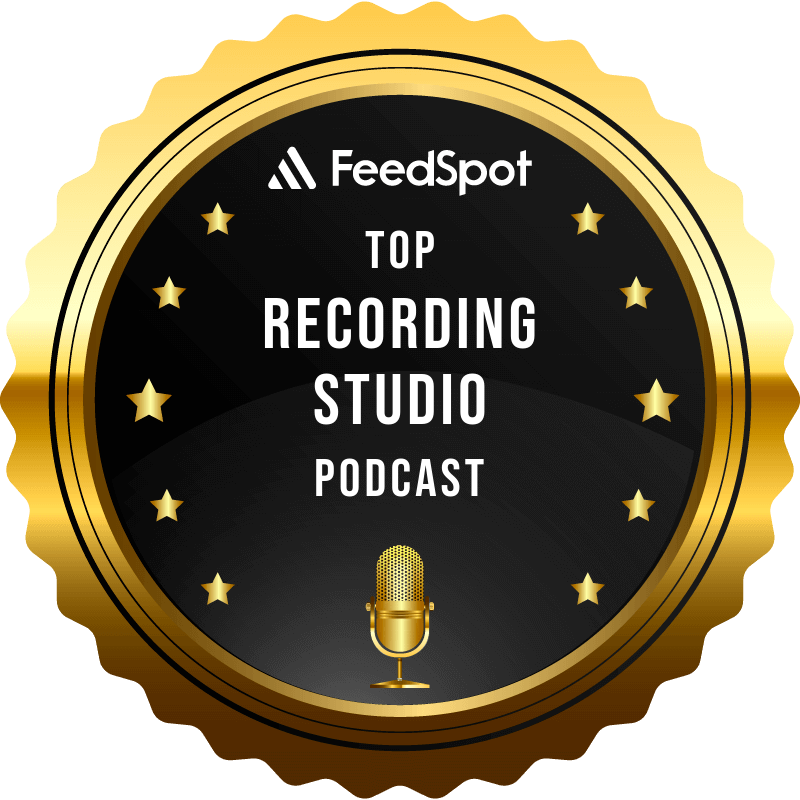When it comes to mixing, speed and consistency are the name of the game—and that’s where mix templates come in. In this episode of Inside the Recording Studio, Chris and Jody wade deep into the weeds of mix templates: what they are, why you should create them, and how to design one that works for your workflow.
A good template isn’t just a time-saver—it’s a framework for creativity. Chris and Jody cover the essentials: routing, buses, effect chains, and utility tracks that help you hit the ground running every time you open a session. They’ll also share their own approaches to what goes in a template, from reverb and delay sends to parallel compression setups and monitoring chains.
But templates aren’t one-size-fits-all. Each engineer brings their own preferences, style, and even quirks into how they design them. What separates one mix engineer’s template from another? How do you balance consistency with flexibility? And can you really get multiple mix outputs from a single template? These are the questions Chris and Jody tackle head-on, providing practical answers you can apply to your own workflow.
Whether you’re building your first mix template in a home studio gear setup or refining an established system for professional work, you’ll come away with fresh insights and recording setup tips that will save time and improve results. And of course, in true Chris-and-Jody style, expect humor, banter, and maybe a reminder to actually clean your music gear once in a while.
If you’re ready to streamline your process, enhance your creativity, and maybe even learn a few hidden tricks along the way, this episode is a must-listen. Let’s get ready to mix!
******************************
Gear we used:
Jody’s Mic & Voice Chain: Telefunken C12 – Groove Tubes Vipre – Apollo – UA Neve 1073 – UA LA2A – UA Studer A800
Jody’s Channel Strip: iZotope RX Spectral DeNoise – iZotope RX Mouth DeClick – UA Neve 1073 – UA LA2A – UA 1176E
Chris’ Mic & Voice Chain: Slate ML1 – Apollo – UA – Slate VMR (FG12, FG73, API Eq, SSL 4kE) – iZotope RX Voice – DeNoise
Chris’ Channel Strip: Eventide Precision Time Align – iZotope RX Spectral DeNoise – iZotope RX Mouth DeClick – UA Neve 1073 – UA LA2A – UA 1176E
Master: Oek Sound Soothe 2 – iZotope Ozone Imager – iZotope Ozone Maximize.
******************************
If you want to collaborate, sponsor a podcast, donate, or want us to review your product – contact us at: collaborate@insidetherecordingstudio.com


